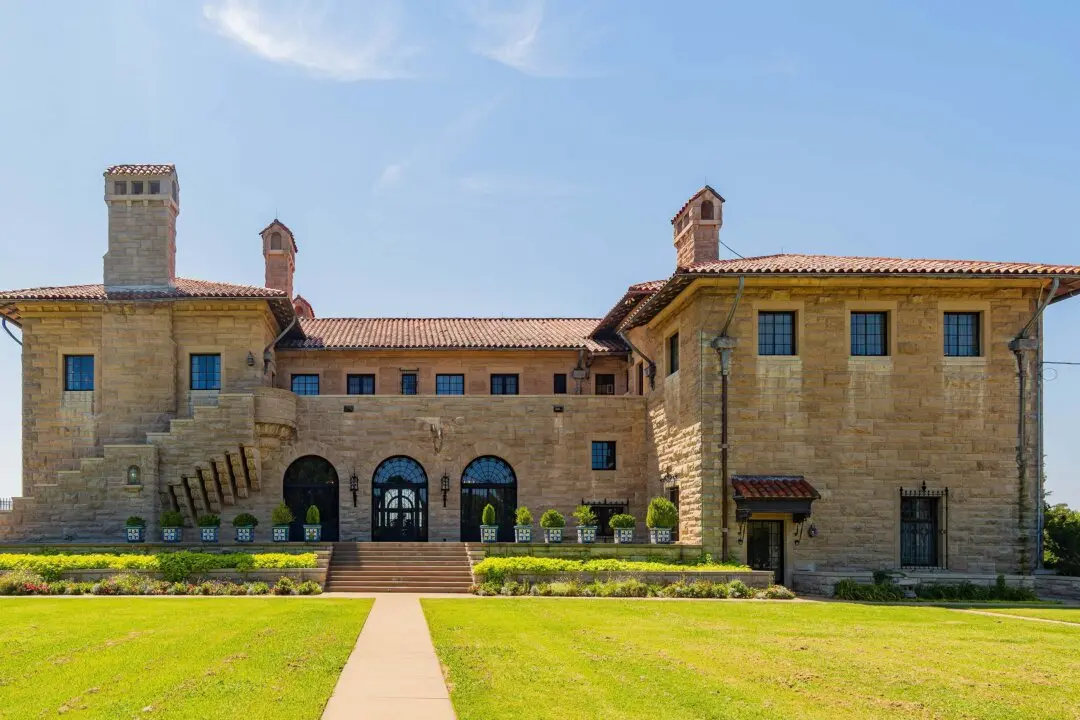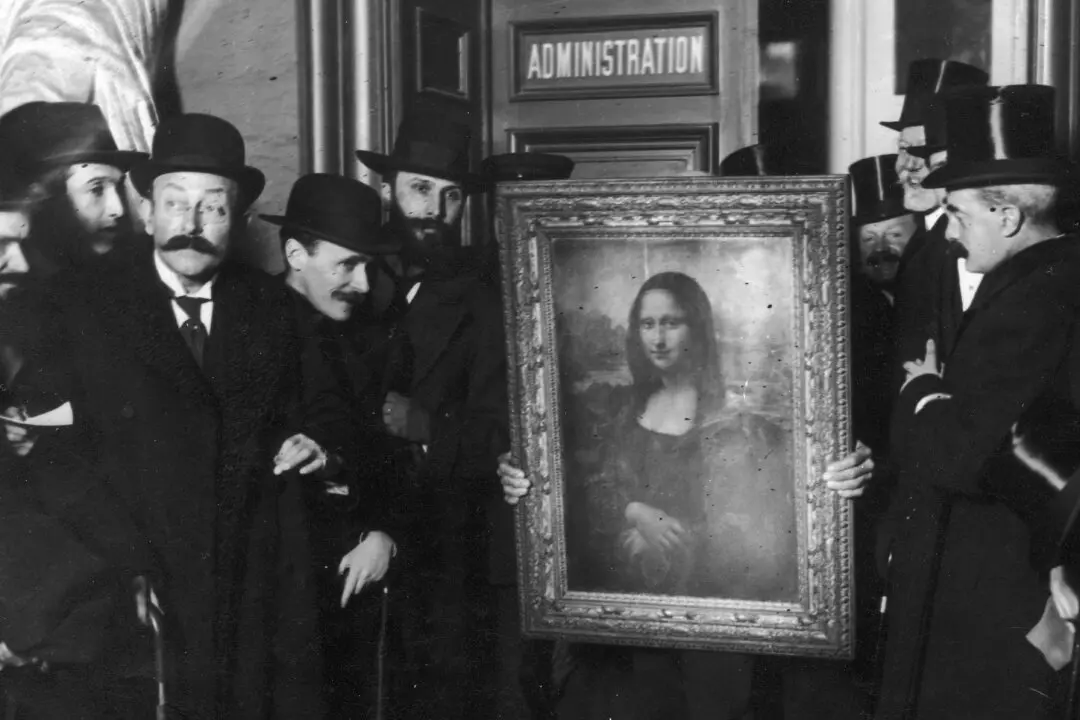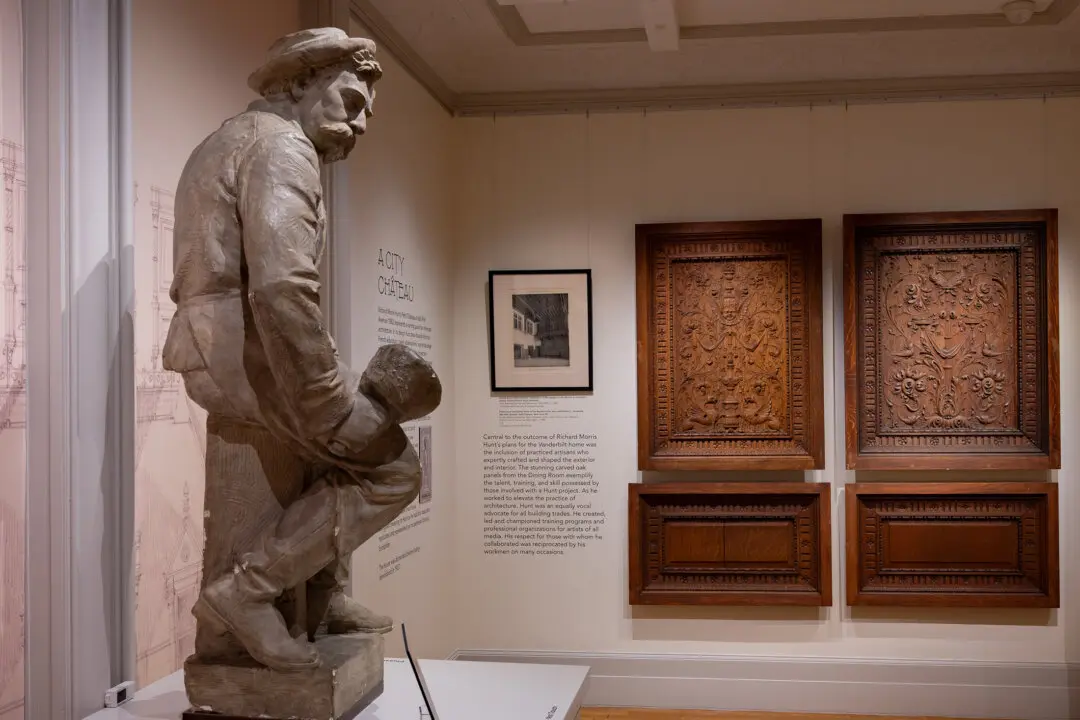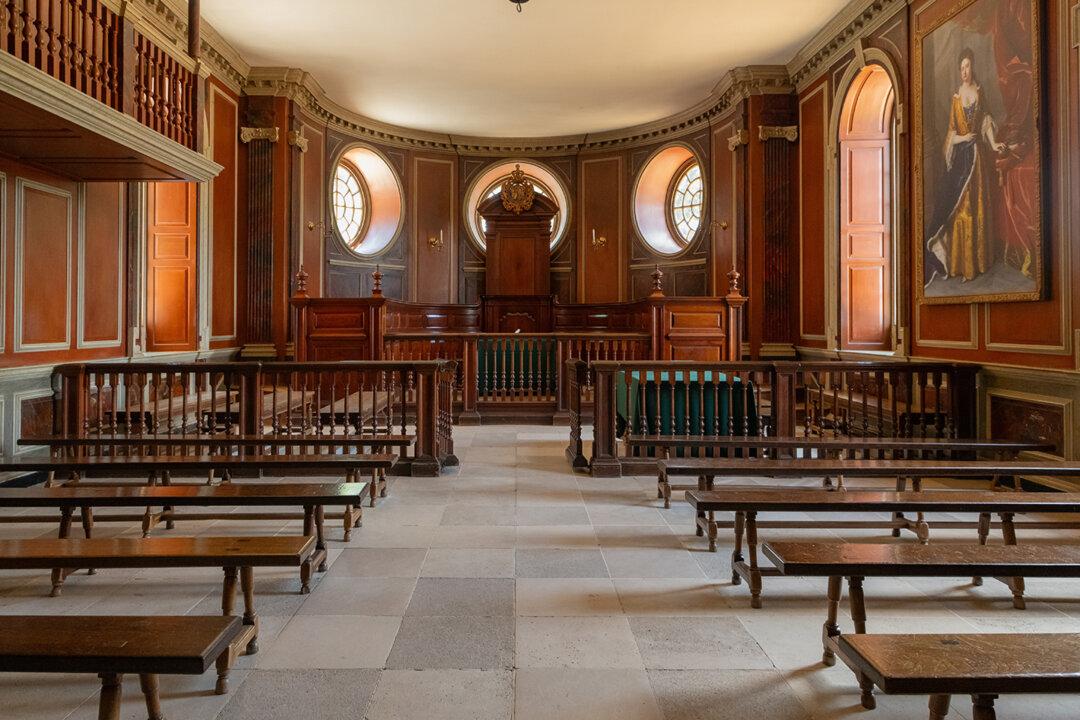The story is told of a moment in the North Carolina mansion of Richard Joshua Reynolds, American businessman and founder of the R.J. Reynolds Tobacco Company. One of the family’s small children was staring intently at an extremely large canvas in the family parlor. His mother asked him what he was admiring in the painting. He responded: “I’m looking at the church.” Indeed, he was staring at “The Andes of Ecuador,” a painting by the great artist Frederic Edwin Church. Thinking the child had become aware of the great artist at such a tender age, she joined him in examining the artwork—only to discover the red-tile-roofed chapel that was a tiny detail in the vast painting. That was the “church” the child was drawn to. Frederic Church’s epic paintings ended up in the grand homes of wealthy patrons, who probably missed much of the detail in the paintings they had purchased. The sheer volume of subtly rendered detail probably required “a little child [to] lead them” (Isaiah 11:6). Truthfully, Church was a very spiritual person, and his work reflected a sense of the unseen hand behind the scenery he so beautifully rendered.
Frederic Church learned much from Prussian naturalist Alexander von Humboldt, who had written about South America and encouraged painters to go and capture the beauty of the New World. Humboldt was one who valued field sketches in his own work, and Church took that to heart. In his own travels, he would make many small “preparatory works.” He never did his large canvases plein air (on-site in the open air) but rather constructed and completed the works from his copious field studies. Working slowly, he would usually complete one of his large canvases in the course of a year. His smooth, luminescent skies are the result of his smooth, patient blending of layers of oil paint. He frequently painted the golden glow of morning or evening.





